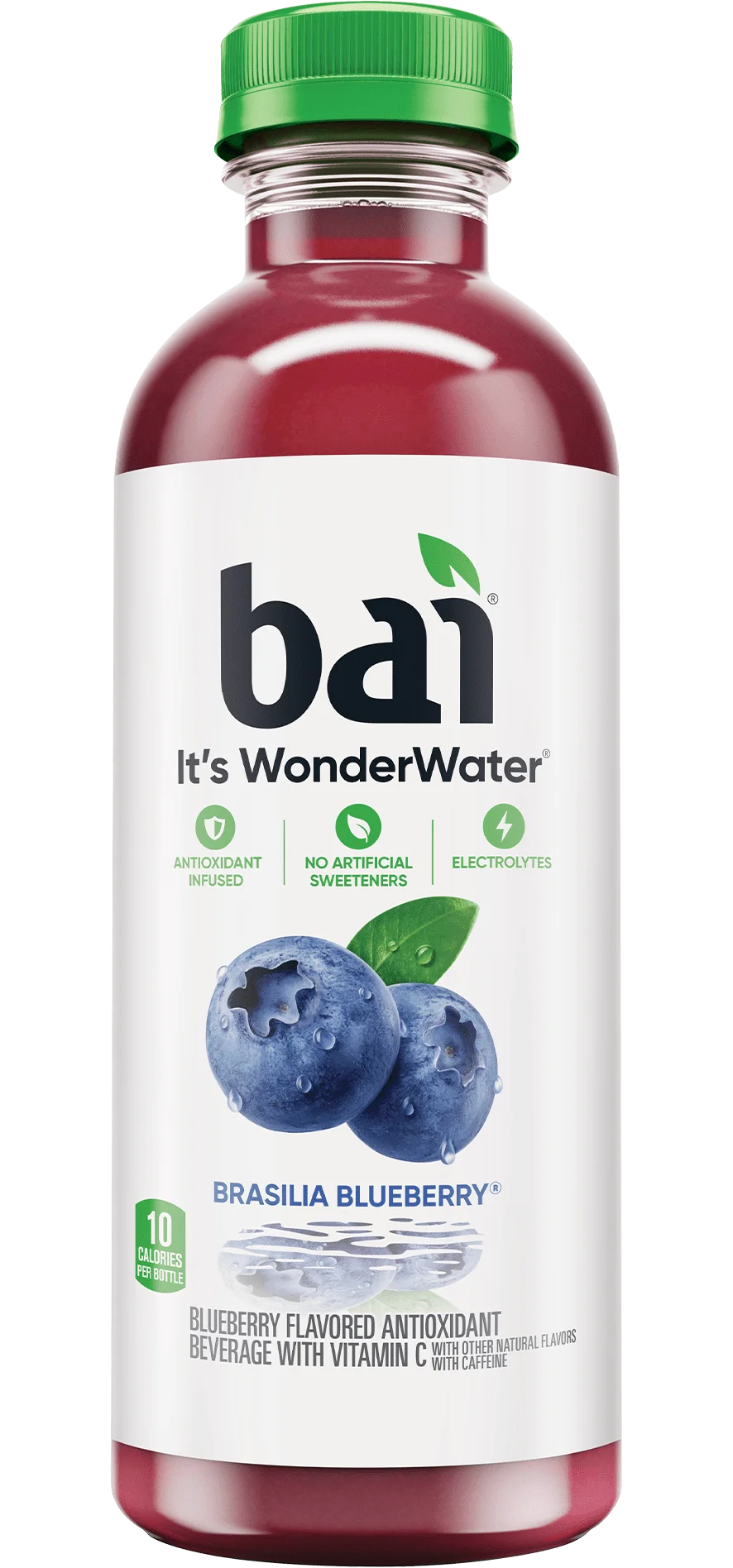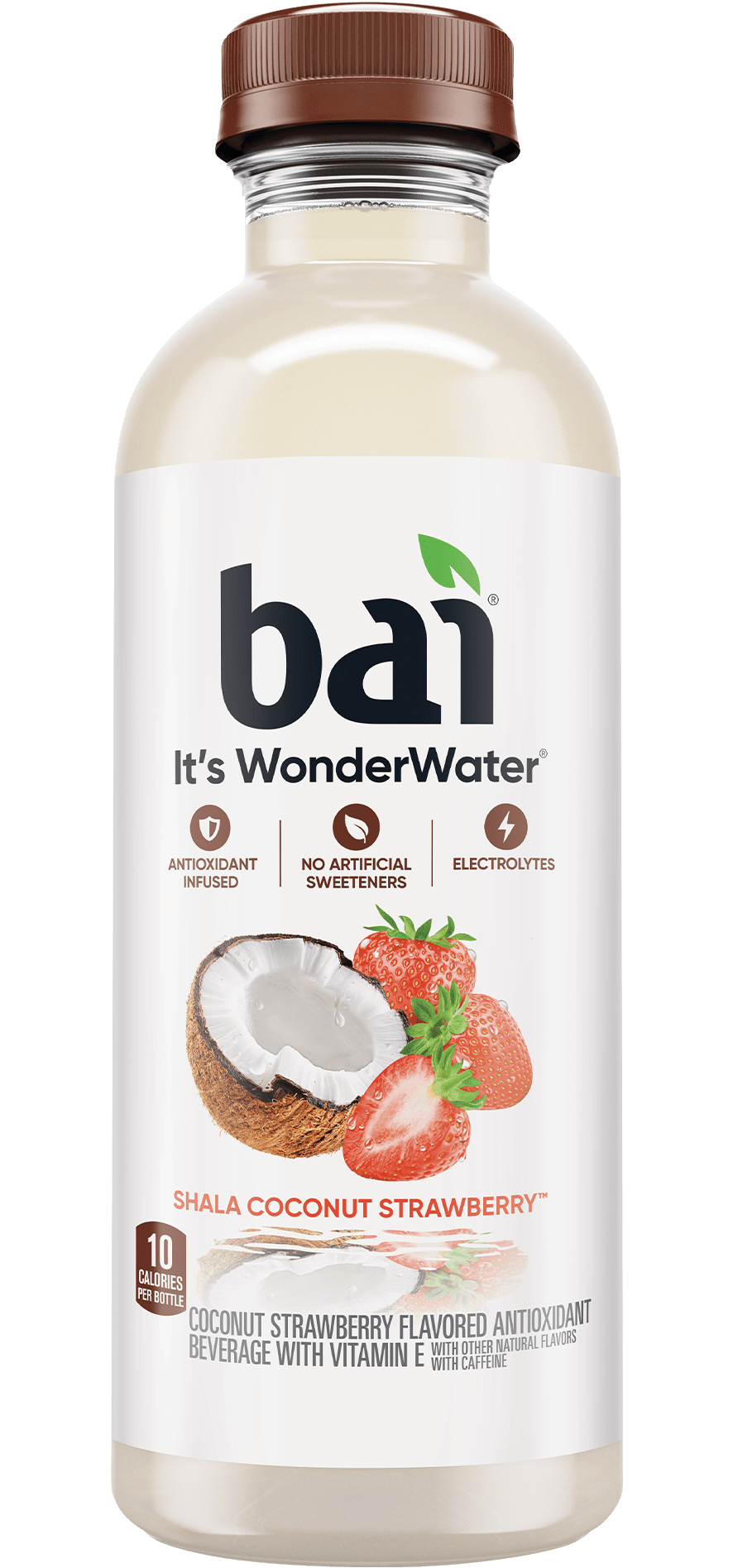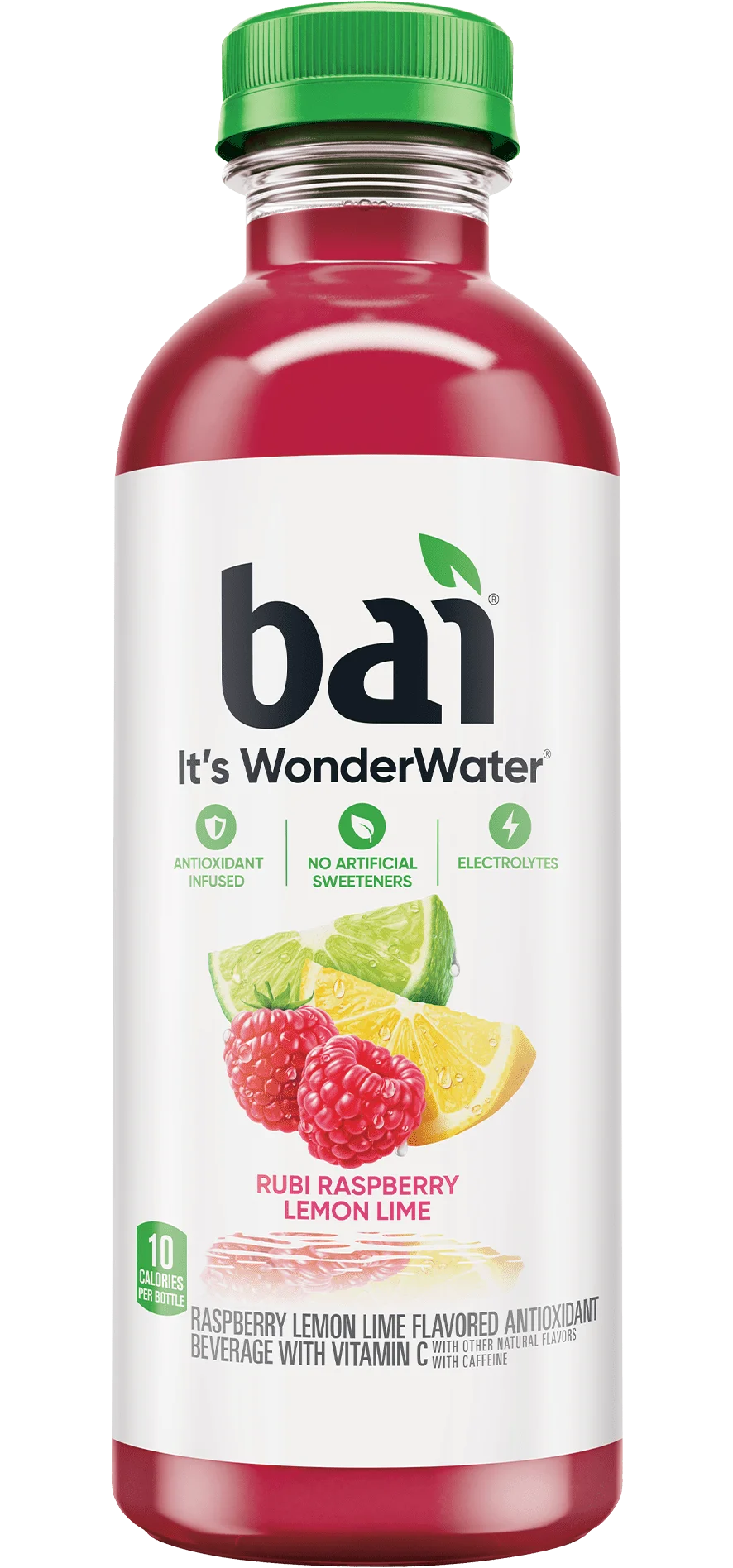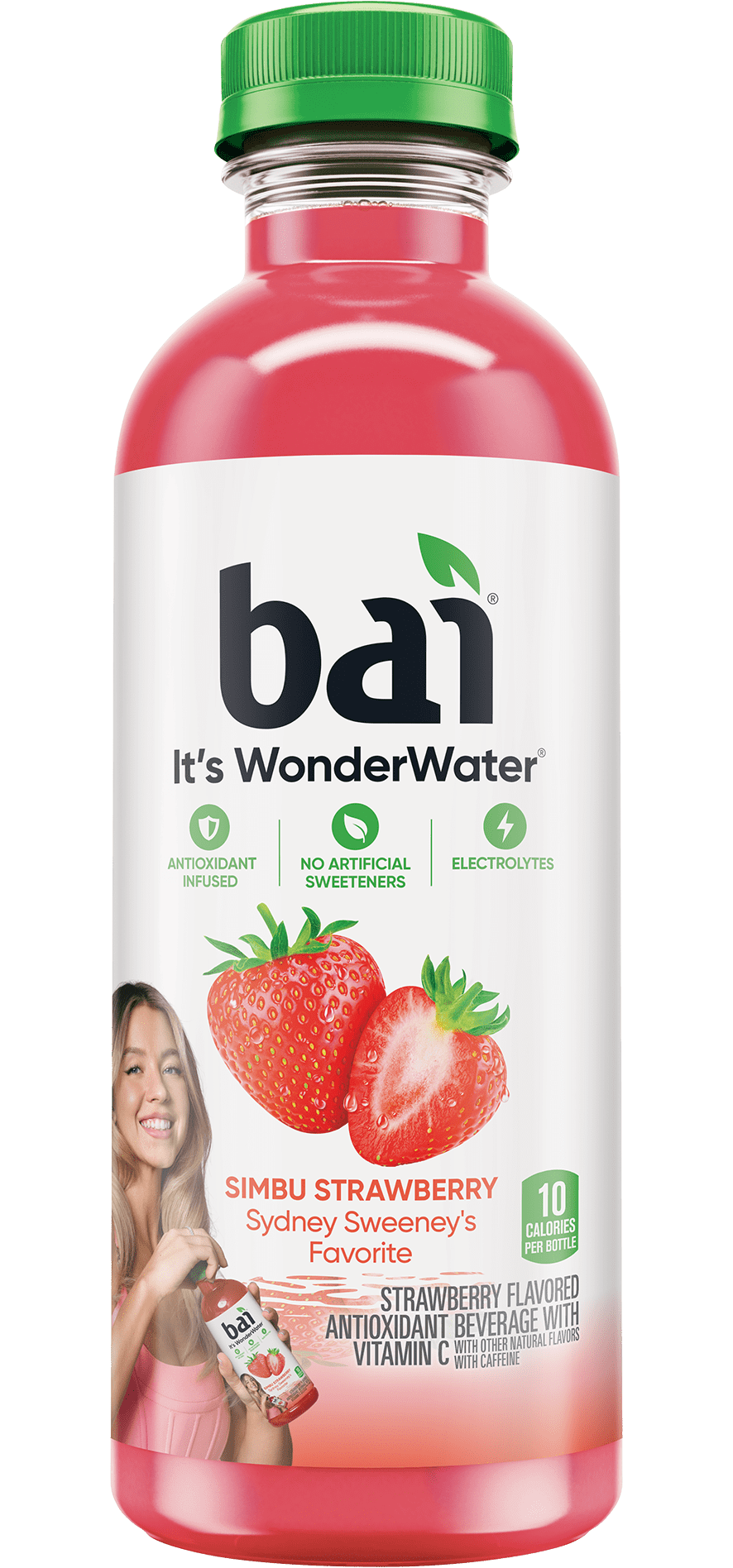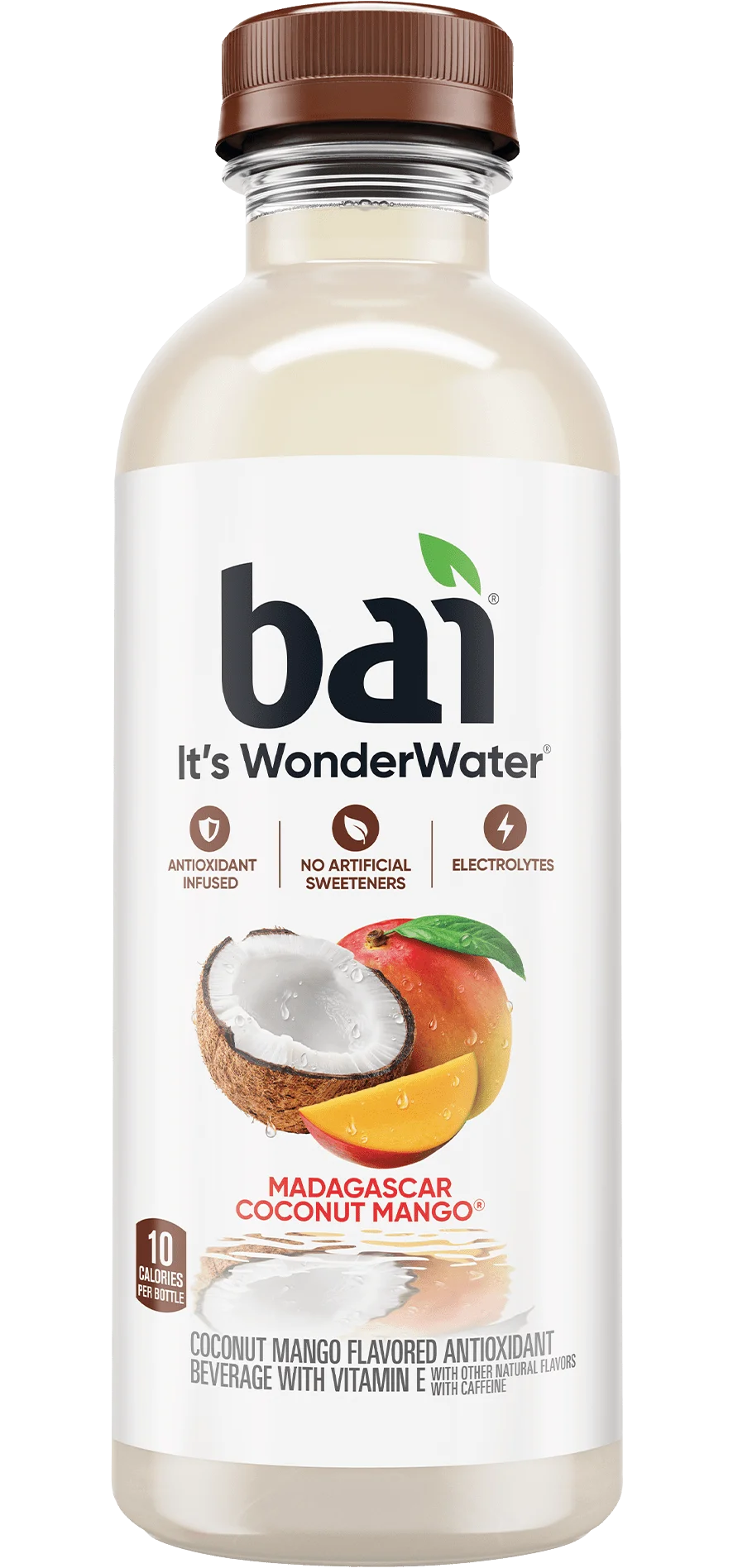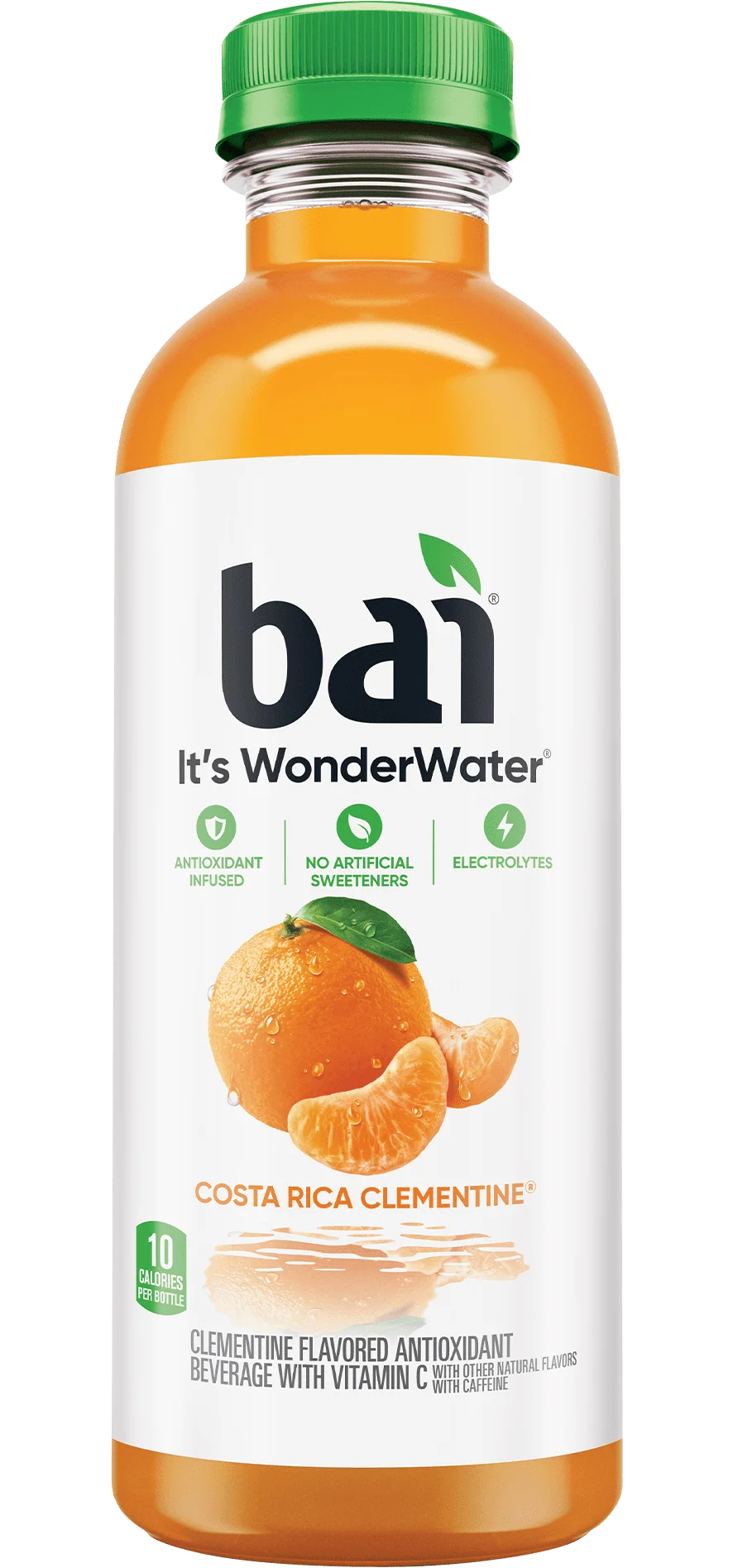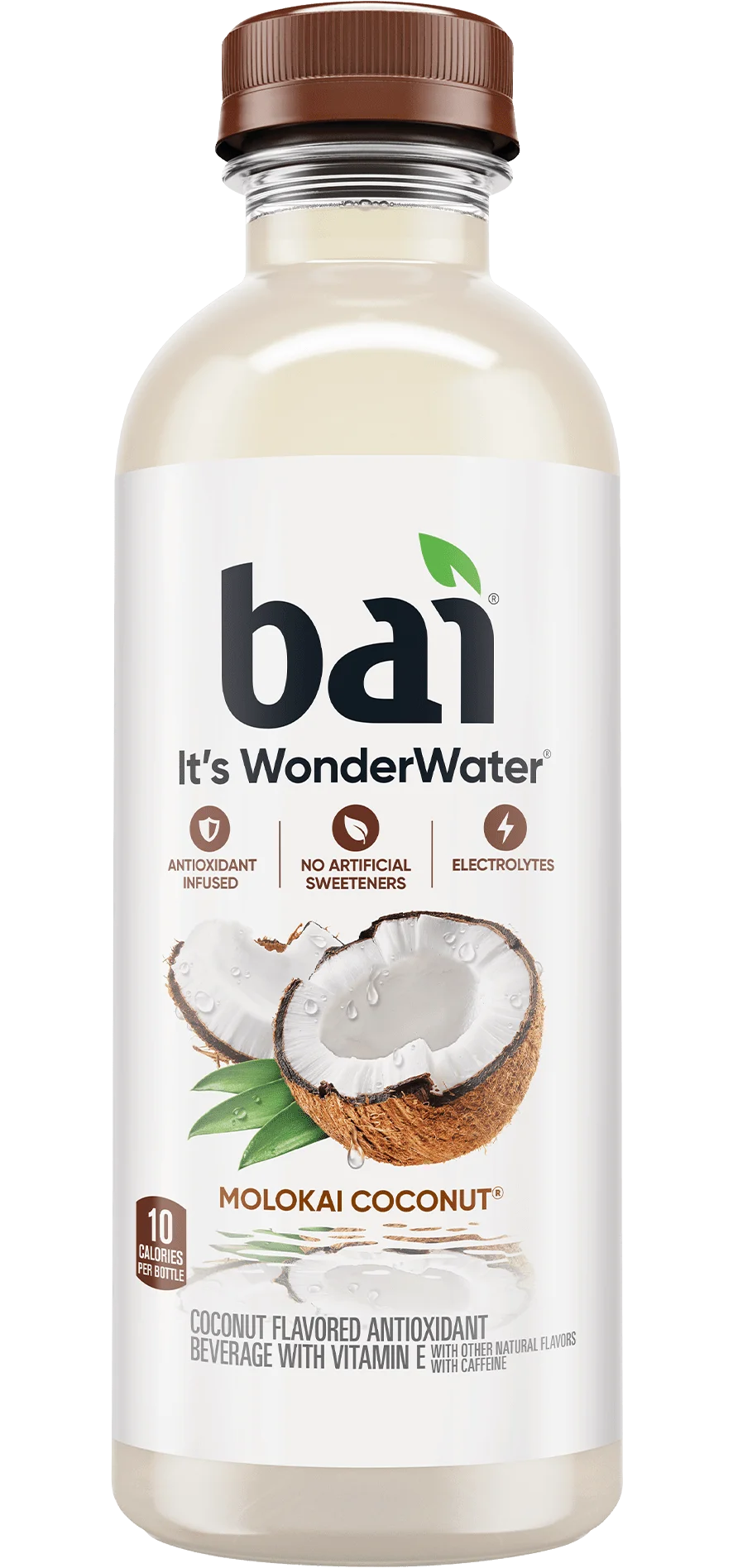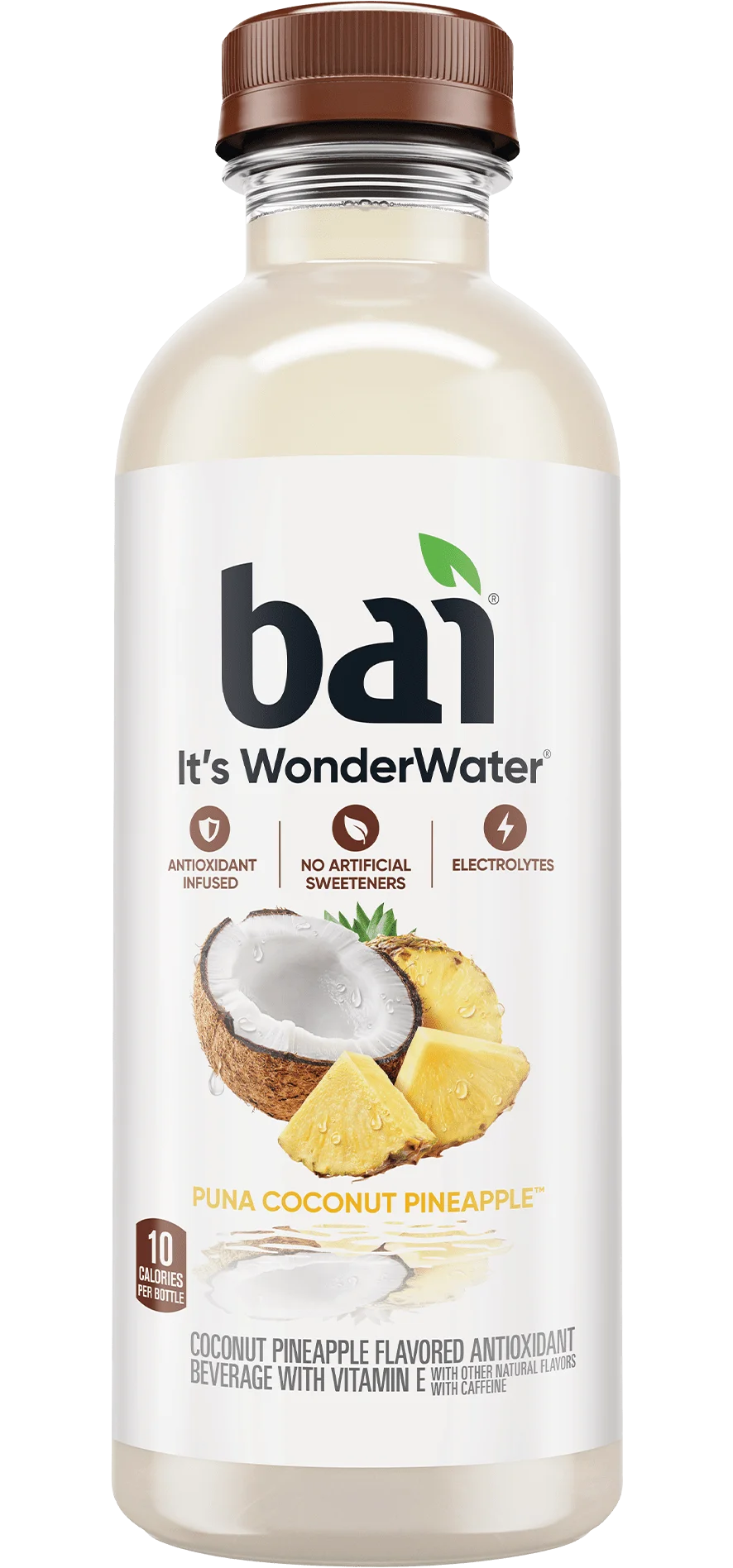The safety and efficacy of GMO foods has been widely debated for decades. Are Genetically Modified Organisms (GMOs) safe to eat? Are they necessary to successfully feed our growing population? Do the negative environmental effects of planting GMO foods outweigh the benefits of having such crops? Consider each side of the argument to determine if taking one side over another is really worth it.
GMOs are plants or animals created using biotechnology to genetically alter DNA and to allow the new organism to express a beneficial trait that it typically does not have. The two most common traits are those which make plants herbicide tolerant—allowing farmers to use unlimited amounts of herbicides to kill pests—and those which allow the plant to produce its own insecticide. Other traits, such as drought and frost tolerance, improving nitrogen fertilizer efficiency, and increasing yields, are considered breeding traits, which are acquired in nature; these are not invasive, genetically engineered traits.
Those in favor of genetic engineering see it as a technological advance that has enabled farmers to significantly reduce their use of insecticides, a practice that would seem greatly appreciated by environmentalists. This side also argues that scientists have been tinkering with food DNA since the beginning of agriculture through selective breeding, giving plants and animals the most desirable traits.
So why all the fuss now? Roughly 70% of U.S processed foods contain genetically modified ingredients, and for decades Americans have been chowing down on these very foods with no sign of overt consequences to human health. And to top it all off, the European Commission (EU), who has banned GMOs in many of its foods, has recently concluded that these foods are no more risky than their plant-breeding counterparts. With no issues of health risks detected, GMO supporters ask “Why require GMO labeling when it would only serve to stir up consumer suspicion?”
However, those who oppose GMOs are already suspicious. They question the morals of agribusiness Monsanto when it shells out endless amounts of money in lobbying to squash anyone who speaks out against their practices. Opposers find it difficult to trust a company who fights hard to prevent the labeling of foods containing GMOs, which would otherwise give consumers the ability to choose GMO free foods. And then there’s research.
A plethora of research has been carried out to determine the safety of GMOs for human consumption but they are animal studies, and the longest study carried out was only three months long. With a lack of long-term, human health-related research, it seems difficult to convince anyone that GMOs are definitely safe to eat. This science is relatively new, and it’s unlikely that anyone is an expert at this point in time.
Unfortunately for those on the fence, there is compelling evidence for both sides. Such a scientific division might make one wonder if choosing sides at all is even worth it at this point. Waiting for stronger evidence appears to be safer than throwing all one’s eggs in one basket. Keeping abreast with international GMO reports from credible sources through an unbiased perspective will help make the best decision when the time is right.


